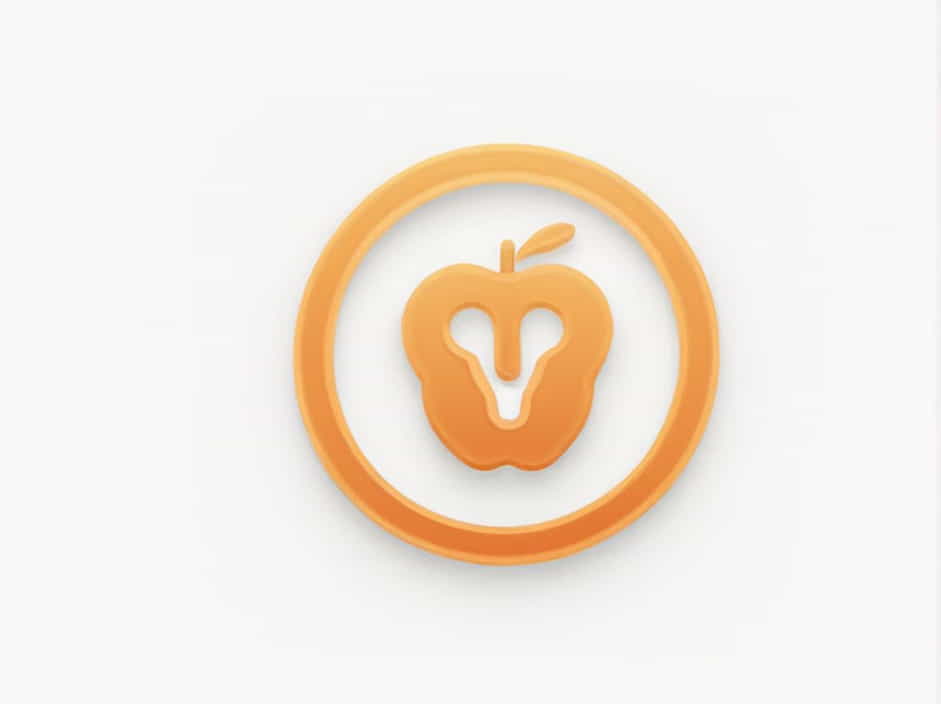The term ‘pistillate’ is commonly used in botany and plant reproduction. It refers to flowers or plants that possess only female reproductive organs, specifically the pistil. These flowers lack stamens (male reproductive structures) and rely on pollen from male flowers for fertilization.
Understanding pistillate flowers is essential in agriculture, horticulture, and plant biology, as they play a crucial role in fruit and seed production. This topic will explore the meaning of pistillate, its characteristics, examples, importance, and its role in plant reproduction.
What Does ‘Pistillate’ Mean?
The word ‘pistillate’ comes from ‘pistil’, which is the female reproductive structure of a flower. A pistillate flower is one that contains a pistil but lacks stamens, making it incapable of producing pollen. Instead, these flowers depend on pollinators or wind to receive pollen from male (staminate) flowers.
✔ Pistil = The female reproductive part of a flower, consisting of the stigma, style, and ovary.
✔ Pistillate Flower = A flower that has only a pistil and no stamens.
✔ Unisexual Flower = A flower that is either pistillate (female) or staminate (male).
Characteristics of Pistillate Flowers
Pistillate flowers have specific features that distinguish them from other types of flowers:
✔ Presence of a Pistil – The pistil consists of three main parts:
-
Stigma – The sticky part that collects pollen.
-
Style – A tube that connects the stigma to the ovary.
-
Ovary – Contains ovules, which develop into seeds after fertilization.
✔ Absence of Stamens – Since they do not produce pollen, they rely on external pollination sources.
✔ Often Found on Dioecious and Monoecious Plants –
-
Dioecious Plants – Have separate male and female plants (e.g., holly, spinach).
-
Monoecious Plants – Have both male and female flowers on the same plant (e.g., corn, squash).
These traits allow pistillate flowers to play a vital role in plant reproduction and fruit development.
Examples of Pistillate Flowers
Pistillate flowers can be found in a variety of flowering plants, vegetables, and trees. Here are some well-known examples:
1. Corn (Zea mays)
-
The ear of corn is a cluster of pistillate flowers.
-
The silks are actually the stigmas, which capture pollen for fertilization.
2. Cucumbers (Cucumis sativus)
-
Pistillate flowers in cucumbers develop into fruits after pollination.
-
Bee pollination is often necessary for fruit set.
3. Pumpkins and Squash (Cucurbita spp.)
-
These plants produce both staminate and pistillate flowers.
-
The pistillate flowers turn into fruit after fertilization.
4. Holly (Ilex spp.)
-
Holly plants are dioecious, meaning they have separate male and female plants.
-
Only pistillate holly plants produce berries if pollinated by a male plant.
5. Date Palm (Phoenix dactylifera)
-
Female date palms have pistillate flowers that require pollen from male palms.
-
Artificial pollination is often used in commercial date farming.
These examples show that pistillate flowers are essential for fruit and seed production in many species.
The Role of Pistillate Flowers in Plant Reproduction
Pistillate flowers are responsible for producing fruits and seeds. However, since they lack pollen, they must be fertilized by male (staminate) flowers.
How Pollination Works in Pistillate Flowers
✔ Step 1: Pollen Transfer – Pollen from a staminate flower is transferred to the stigma of a pistillate flower.
✔ Step 2: Fertilization – Pollen travels down the style to the ovary, where it fertilizes the ovules.
✔ Step 3: Fruit and Seed Formation – After fertilization, the ovary develops into a fruit, and the ovules become seeds.
This process is crucial for the continuation of plant species and the production of food crops.
Pistillate vs. Staminate Flowers
| Feature | Pistillate Flowers (Female) | Staminate Flowers (Male) |
|---|---|---|
| Reproductive Part | Pistil (stigma, style, ovary) | Stamens (anther, filament) |
| Pollen Production | No | Yes |
| Role in Reproduction | Receives pollen and produces fruit/seeds | Produces pollen for fertilization |
| Examples | Corn silks, pumpkin flowers, holly berries | Corn tassels, squash flowers, holly flowers |
Both pistillate and staminate flowers are necessary for the reproductive cycle of many plants.
The Importance of Pistillate Flowers in Agriculture
Many crops, fruits, and nuts rely on pistillate flowers for food production. Their significance in agriculture and horticulture includes:
✔ Fruit and Vegetable Production – Crops like watermelon, zucchini, and papaya depend on pistillate flowers for yield.
✔ Pollination Management – Farmers often introduce bees and other pollinators to ensure fertilization.
✔ Selective Breeding – Some seedless fruit varieties are developed by controlling pistillate flower fertilization.
Understanding pistillate flowers helps maximize crop yields and improve agricultural efficiency.
The Role of Pistillate Flowers in Horticulture
✔ Ornamental Plants – Many garden plants have pistillate flowers that produce colorful berries, such as holly and ivy.
✔ Landscape Design – Pistillate plants are used for their decorative fruits and foliage.
✔ Pollinator Attraction – These flowers attract bees, butterflies, and birds, promoting biodiversity.
Horticulturists use pistillate plants for both aesthetic and ecological purposes.
Challenges Related to Pistillate Flowers
Despite their importance, pistillate flowers face several challenges:
✔ Pollination Dependency – Without proper pollination, pistillate flowers cannot produce fruit.
✔ Declining Pollinator Populations – The loss of bees and other pollinators affects fertilization rates.
✔ Climate Change – Changing temperatures and weather patterns impact flower development and pollination success.
Scientists and farmers are exploring solutions like hand pollination, pollinator conservation, and genetic modification to overcome these challenges.
The term ‘pistillate’ is used to describe flowers that contain only female reproductive organs (the pistil) and lack stamens. These flowers play a vital role in plant reproduction, fruit production, and agriculture.
✔ Pistillate flowers rely on external pollination from staminate flowers.
✔ They are found in many important plants, including corn, cucumbers, pumpkins, and holly.
✔ They are crucial for food production, horticulture, and biodiversity.
Understanding pistillate flowers and their role in nature helps scientists, farmers, and gardeners optimize plant growth, improve crop yields, and maintain healthy ecosystems.
